Rabbits & Insectivores
(Click on the names to keep from scrolling)
If you have any questions or concerns or would like to schedule an appointment call or send us an email
Call Us Today! 952-404-BOGO (2646)
Eastern Cottontail
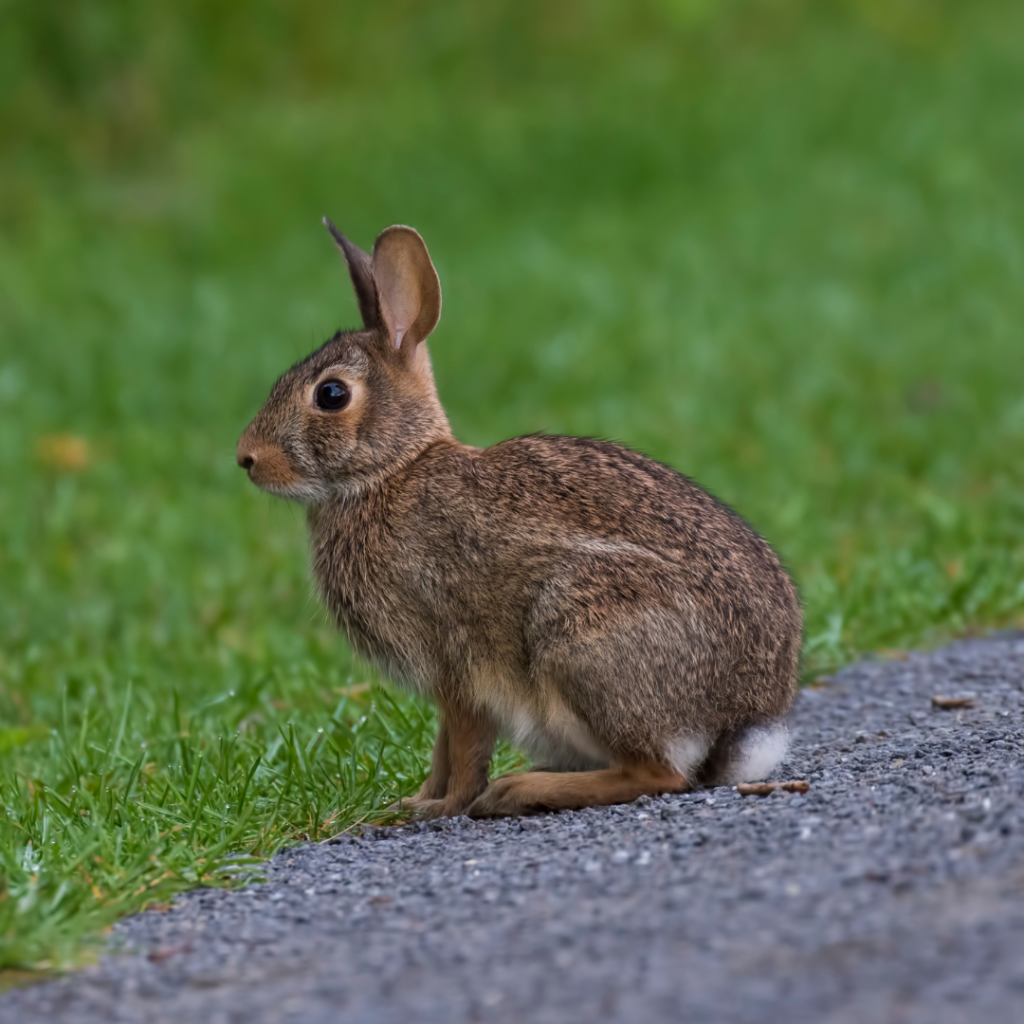
Appearance
Chances are you have spotted one in Minnesota before. Their fur usually varies in color. Either the fur is red-brown or grayish-brown. Their underside fur is white and they have a brownish-gray head and neck. They have large black eyes and long ears. Their ears vary between 2-3 inches in length. Their long hind feet measure around 1 inch wide and 3 inches long. Using their hind feet, they can jump 15 feet vertically and 3 feet high.
Length: 14-19 inches
Weight: 800-2000 grams (1.7-4.5 lbs.)
Lifespan: 3-5 years

Habitat/Behavior
The eastern cottontail is one of Minnesota’s most common small mammals. They inhabit a large selection of different ecosystems. From; wetlands, forests and grasslands, and more. They are solitary animals and extremely territorial. Lots of them will stay in one area for their entire lifespan and not move. When picking their home they don’t dig burrows like other rabbit species. They either move into an empty burrow that was made by another animal or nest underneath vegetation, sticks, leaves, or man-made structures. Their diet in the warmer months consists of fruits, vegetables, clovers, grasses, and dandelions. Since they don’t hibernate, in the winter when they eat twigs, buds, and bark off trees.
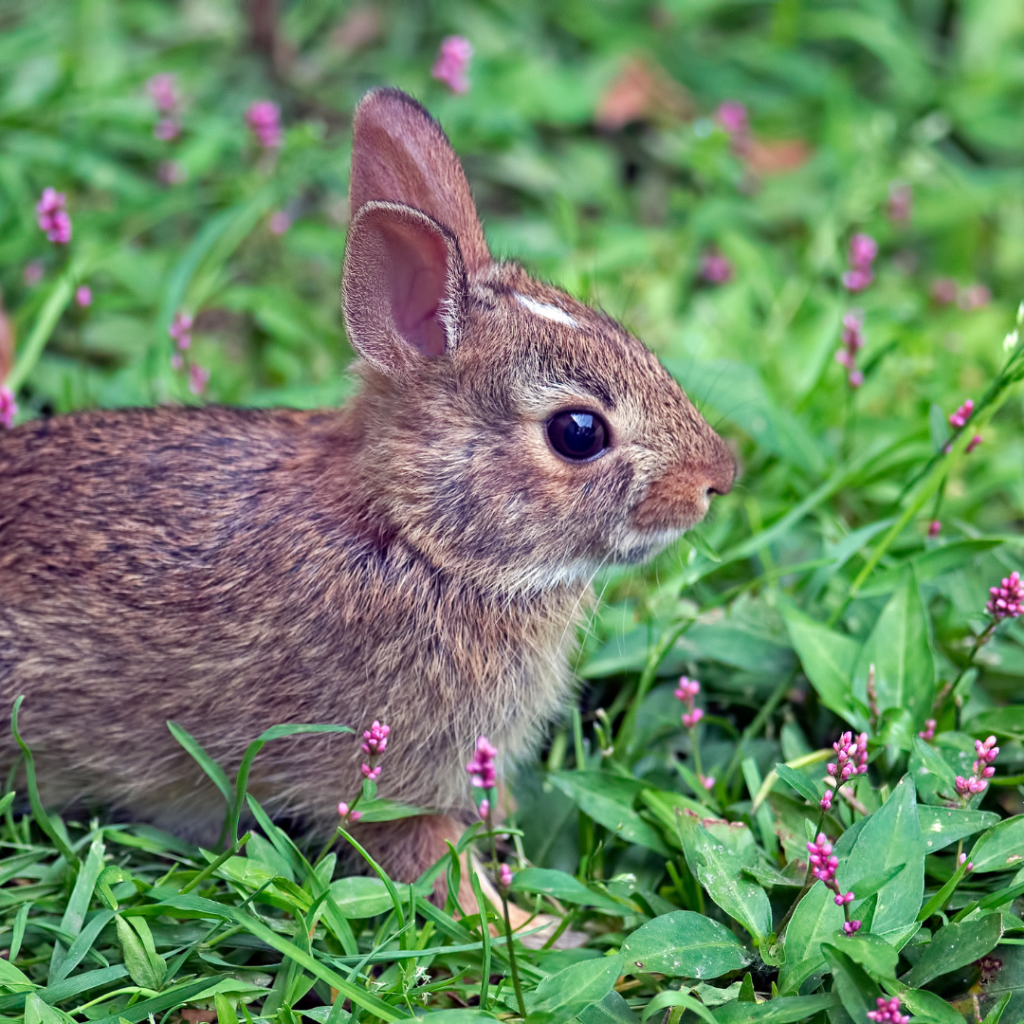
Reproduction
Female cottontails breed between March and September in Minnesota. When they are in the breeding season they seem to give birth none stop. After they give birth to their first litter they are bred again almost right away. Male cottontails will compete and fight with each other to mate with multiple females. When a female gives birth to a second litter the previous litter is let loose and each bunny has to fend for itself. This happens usually at just 3 weeks old. The babies become sexually active at 2 to 3 months old.
Pregnancy duration: 25-35 days
Baby carrying: 1-12 bunnies
Number of litters (per year): 1-7
Common Shrew/Masked Shrew
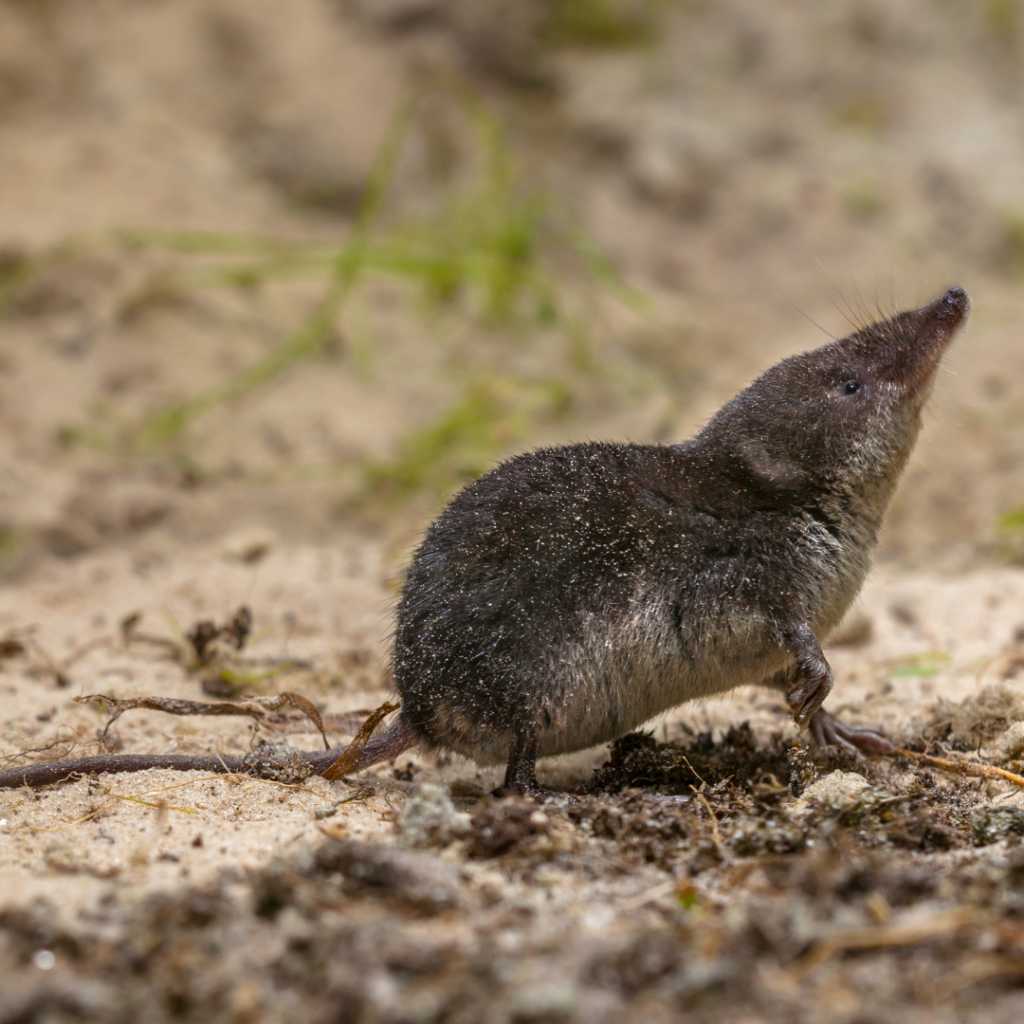
Appearance
The fur on these shrews is greyish-brown and light grey on the underside. One very distinguishable difference between a shrew and a mouse is their pointy snouts and small black eyes. Their tails look similar to that of a house mouse but it’s slightly shorter (1.5 inches).
Length (without tail): 3-4 inches
Weight: 5 grams
Lifespan: 1-2 years
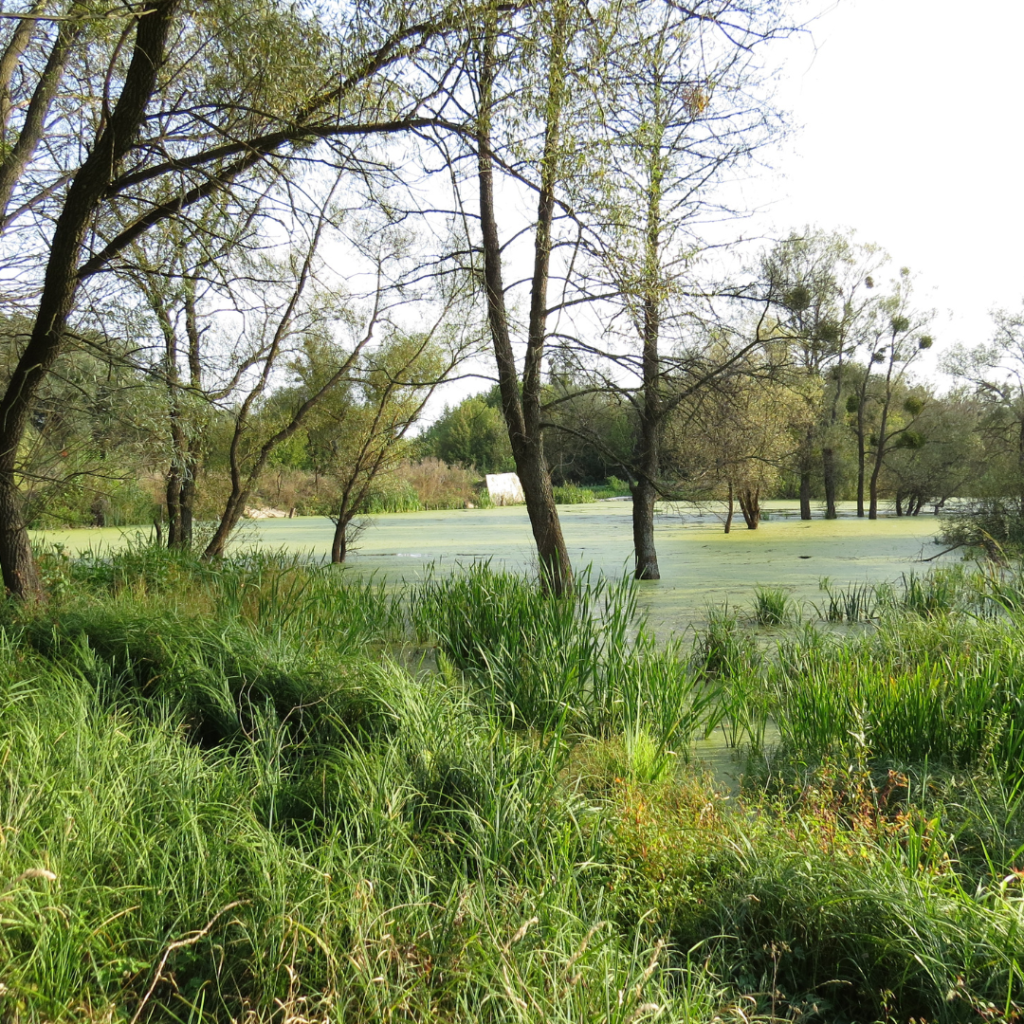
Habitat/Behavior
This shrew has the largest range of any shrew in North America. They prefer living in humid climates and areas with plenty of vegetation for them to hide in. They also prefer to stay on the ground and do not climb as much as mice. Unlike mice, they aren’t nocturnal and depending on the weather can be active all day and night. They are known for their ferocious diet and high metabolism. Most of their diet consists of eating insects, worms, snails, slugs, seeds, and nuts. They’re also capable of eating larger prey such as; other shrews, mice, lizards, and salamanders. They have to keep eating to survive. They can only stop eating for a few hours or they will die. Shrews also do not hibernate and can be seen outside in the extreme cold. They can reduce their body weight by 40% in the winter to conserve energy when there is less food to eat.
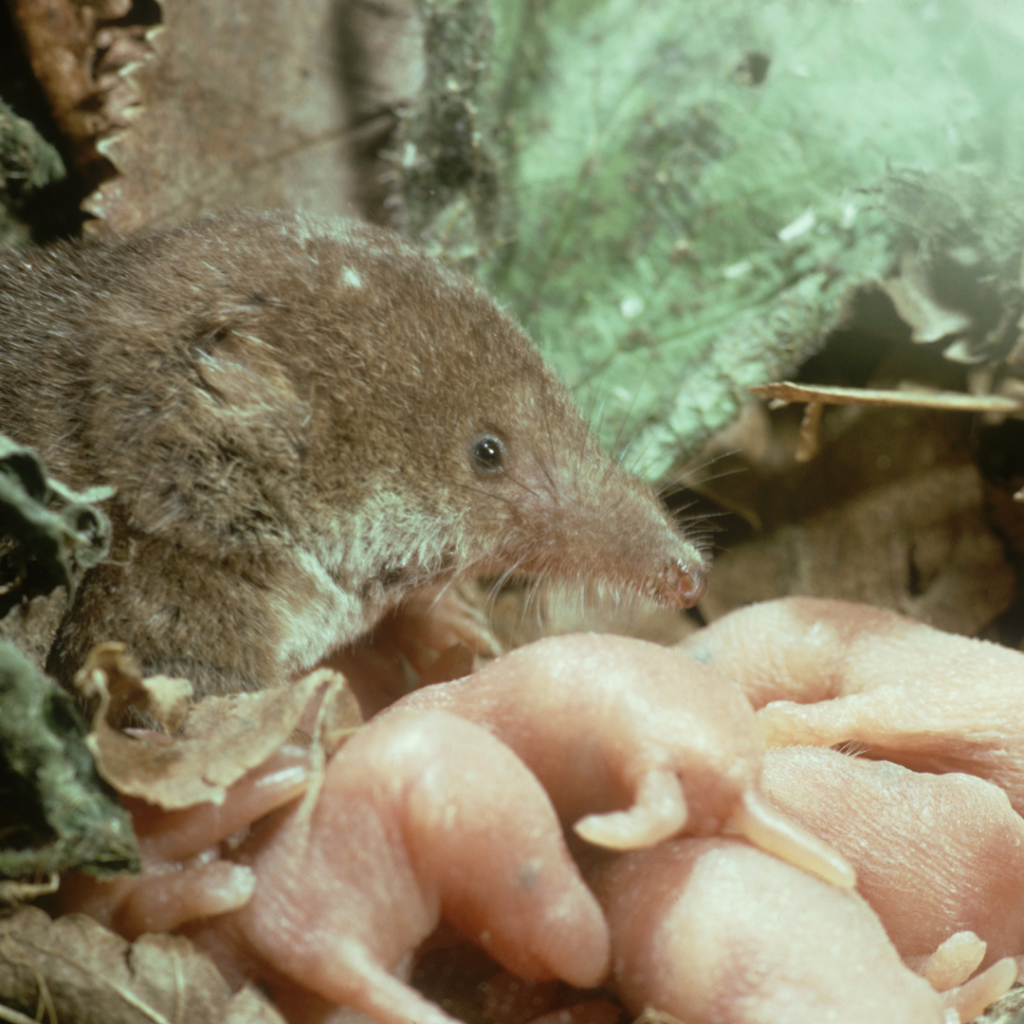
Reproduction
Most shrews build nests inside or under logs, stumps, or rocks. Their nests measure around 6-8 inches in diameter and 2-4 inches in the bottom of the nest. They are built out of grasses and leaves. Their breeding season goes from April-October. When the pups are born it takes about 30 days for the young to leave the nest. Once they are on their own they become sexually mature at 2 months old.
Pregnancy duration: 21 days
Baby carrying: 6-7 young
Number of litters (per year): 2-3
Northern short-tailed shrew
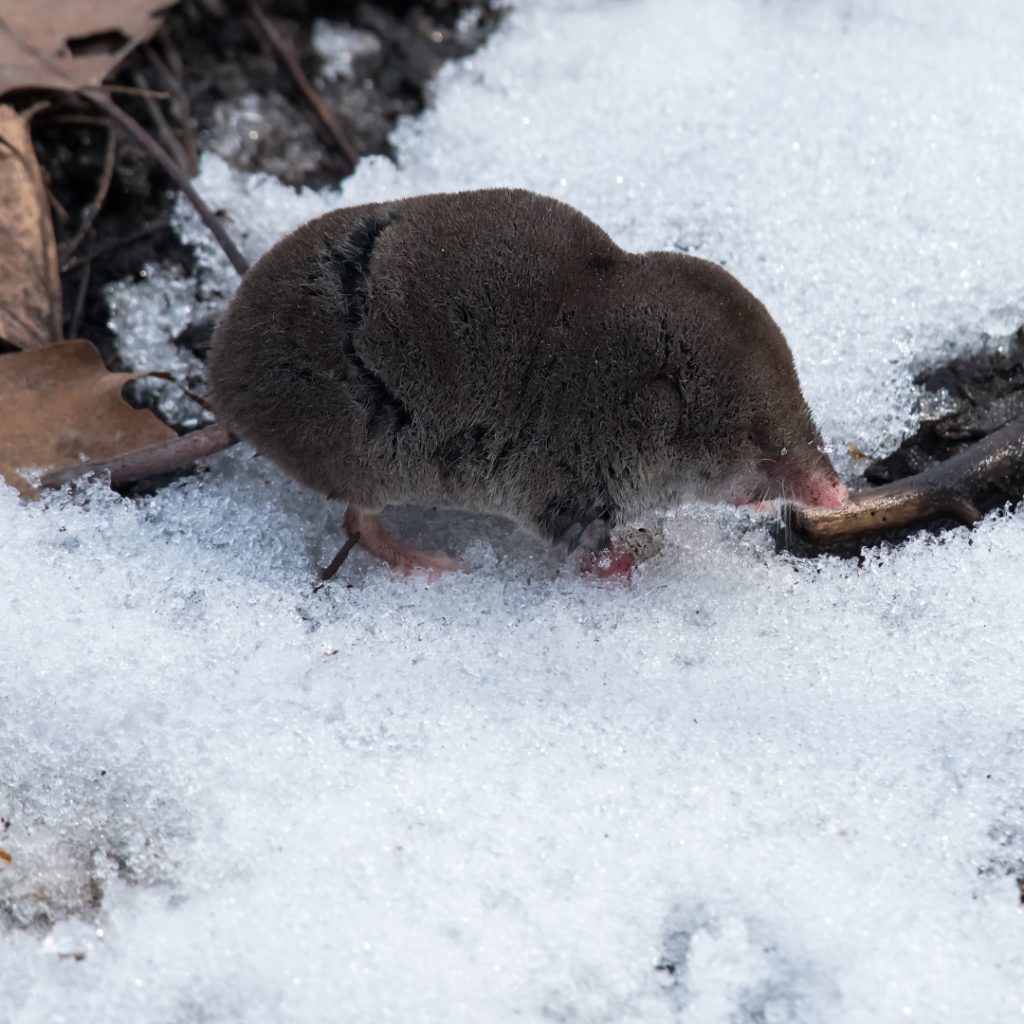
Appearance
This is the biggest shrew found in North America. Their fur is velvety and grows thick to keep them warm in the winter. Their summer coat is thinner. The fur can vary in color from black to silvery gray, and brownish-black. Like their name describes they have shorter tails. Their tails are 0.7-1.25 inches in length and are covered in short thin hairs.
Length (without tail): 4.0-4.5 inches
Weight: 15-30 grams
Lifespan: 1-3 years
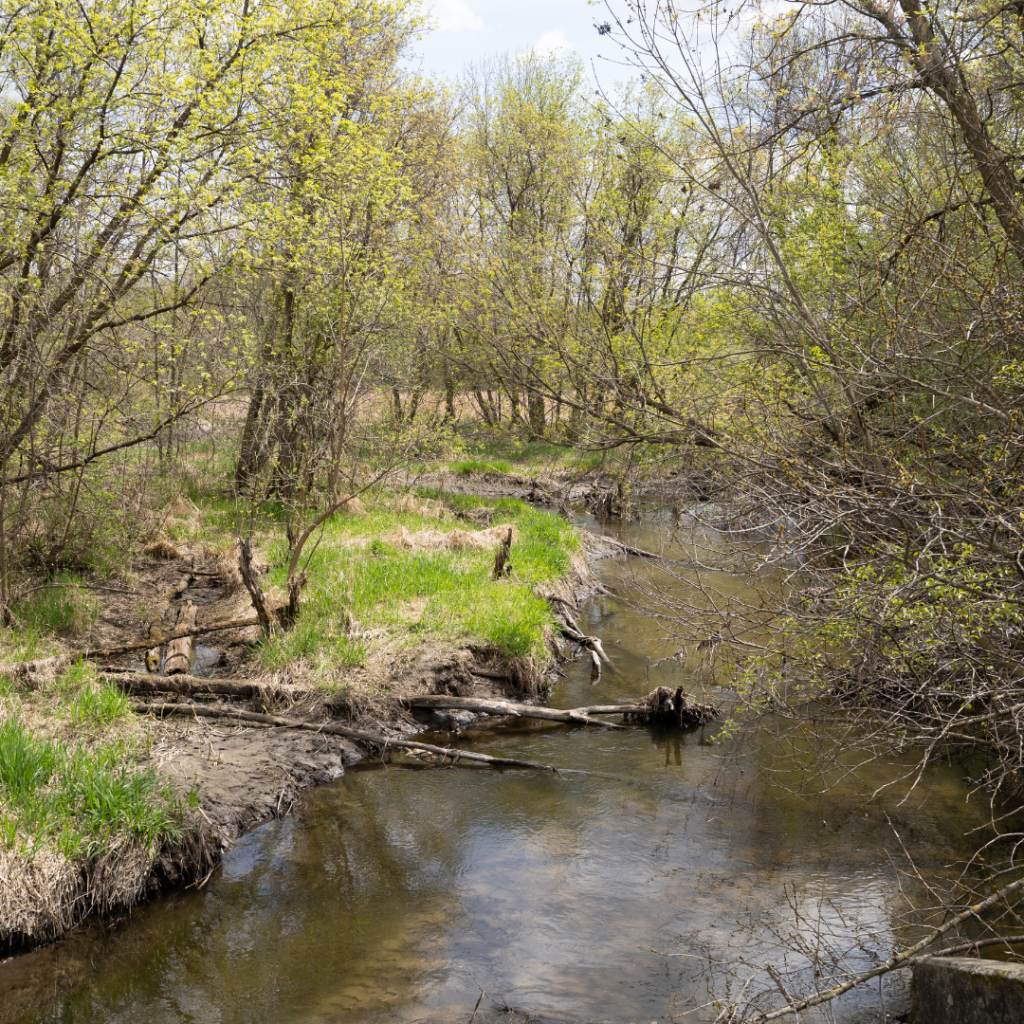
Habitat/Behavior
This is the only venomous mammal in North America and is the most common shrew in Minnesota! This shrew doesn’t have venomous fangs like a snake. Instead, its saliva is what is venomous. They use 32 sharp teeth two chew the venom into their prey. Depending on the size of the prey they can either kill the insect or animal with it or paralyze them. When they paralyze their prey they can store them away to eat later and keep the meat alive and fresh. Like all shrews, they have huge appetites. Their hearts beat between 800-1300 beats per minute which takes a lot of energy. They need to eat their body weight in food every day to survive. These shrews can be found in a variety of different habitats. Some include household gardens and coniferous and deciduous forests. They mostly prefer areas with moist leaf litter or thick plant cover as these habitats attract insects for them to eat.
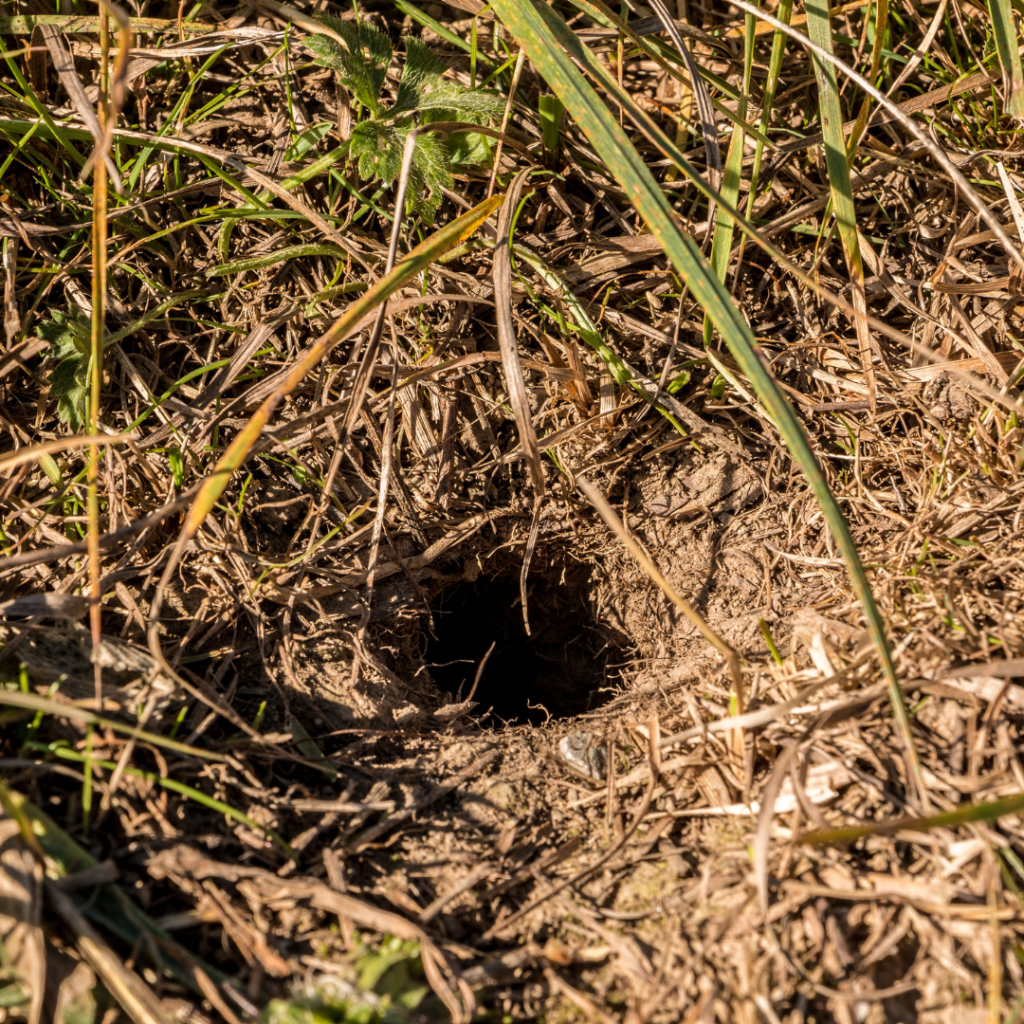
Reproduction
Their breeding season starts in March and goes through September. The female that is raising the babies becomes more active in searching for food to support her litter. They stay in her burrow or nest for 25-30 days. They become sexually mature after 2-3 months.
Pregnancy duration: 21-24 days
Baby carrying: 6-8 young
Number of litters (per year): 1-2
American Pygmy Shrew
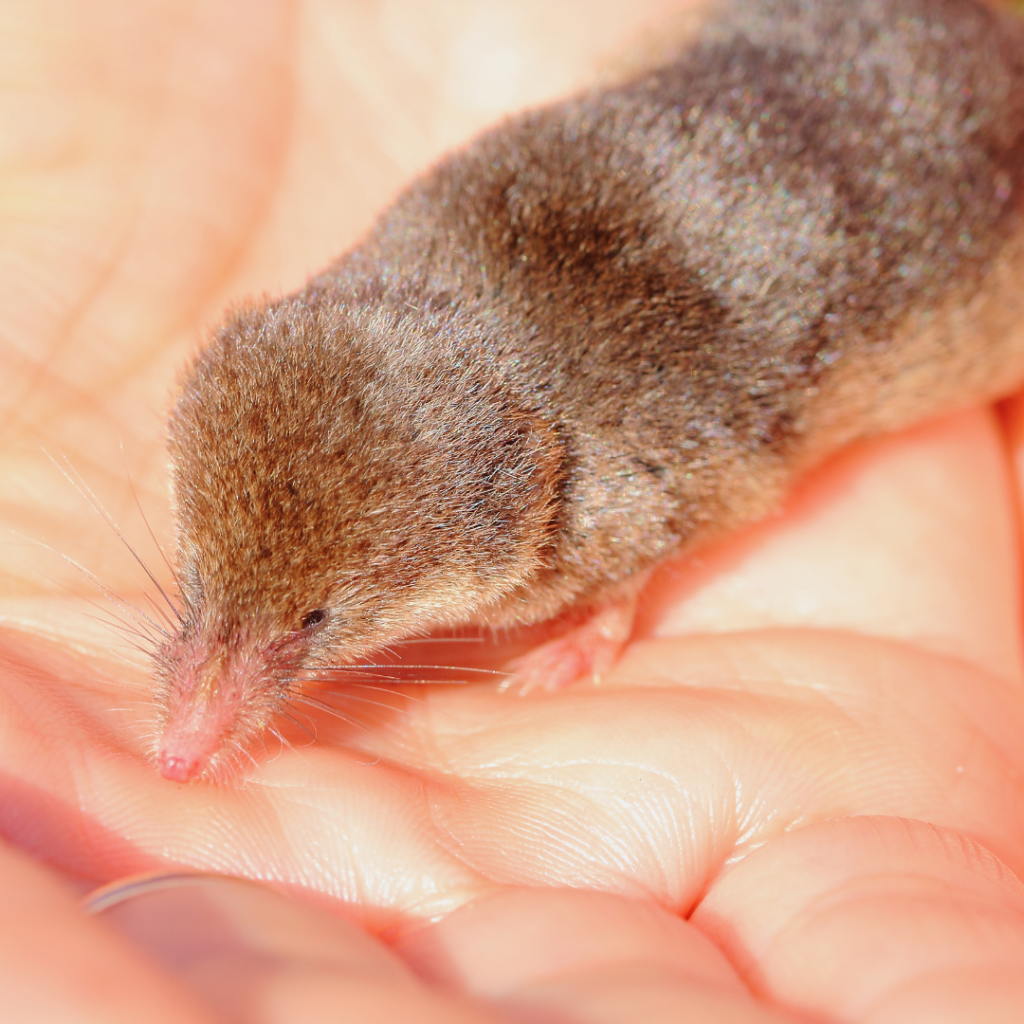
Appearance
The pygmy shrew is the smallest mammal in North America. Their fur varies in color depending on the season. In the winter, it has a whitish-gray color; in the summer, its fur is reddish or grayish-brown. It has a tail that is around 1.1-1.3 inches long.
Length (without tail): 2.1-2.5 inches
Weight: 2.2-3.7 grams
Lifespan: 1 year

Habitat/Behavior
Like all shrews, they have a big appetite but being this one is the smallest it means it has to eat even more to survive. Each day it has to eat 3 times its weight in food which adds up to having to capture prey every 15 to 30 minutes all day and night. They feed on insects and insect larvae. Since they are constantly on the search for food the pygmy shrew only sleeps for a few minutes at a time and doesn’t hibernate. You can see them digging through soil or leaf litter to search for insects to eat.
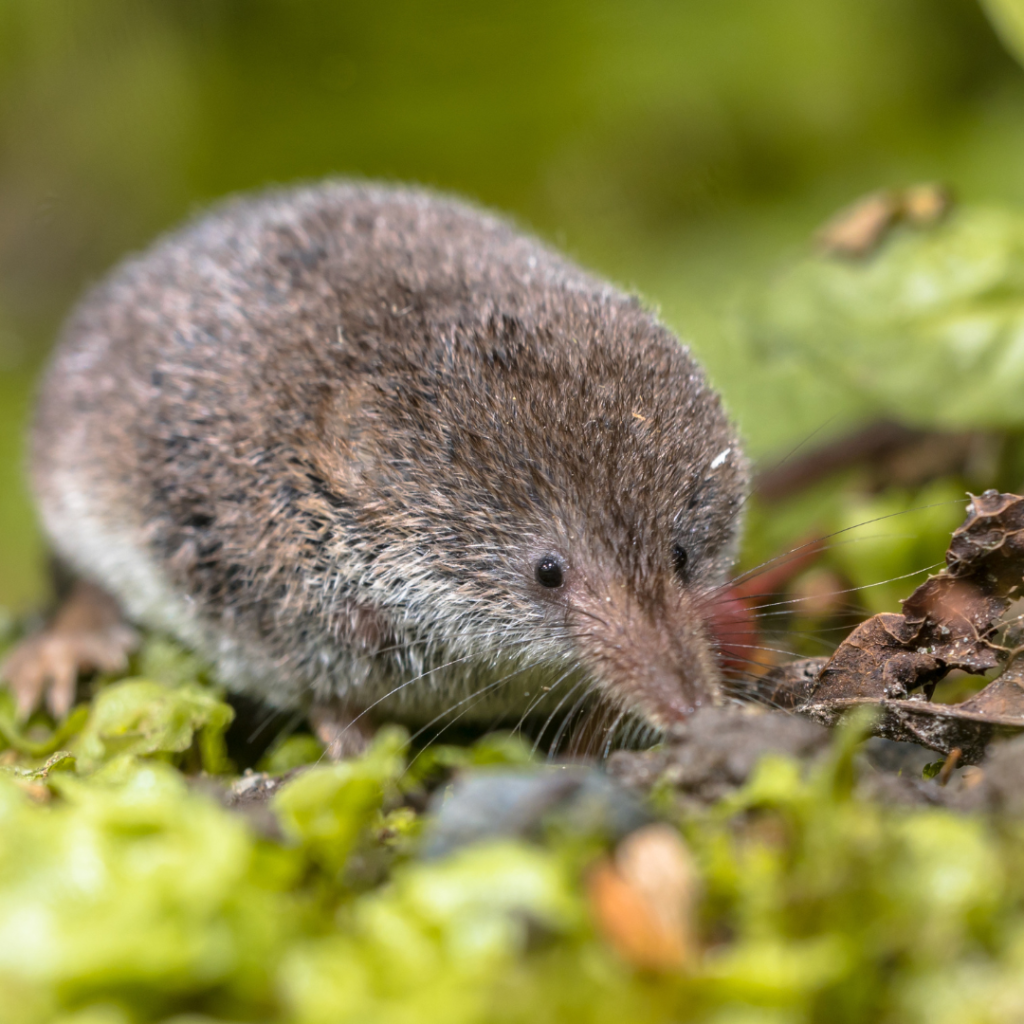
Reproduction
Similar to all smaller mammals this shrew also mates all year round with most births happening between November and March. The babies become sexually active at 25 days old.
Pregnancy duration: 18 days
Baby carrying: 3-8 young
Number of litters (per year): 1
Common Mole/Eastern Mole
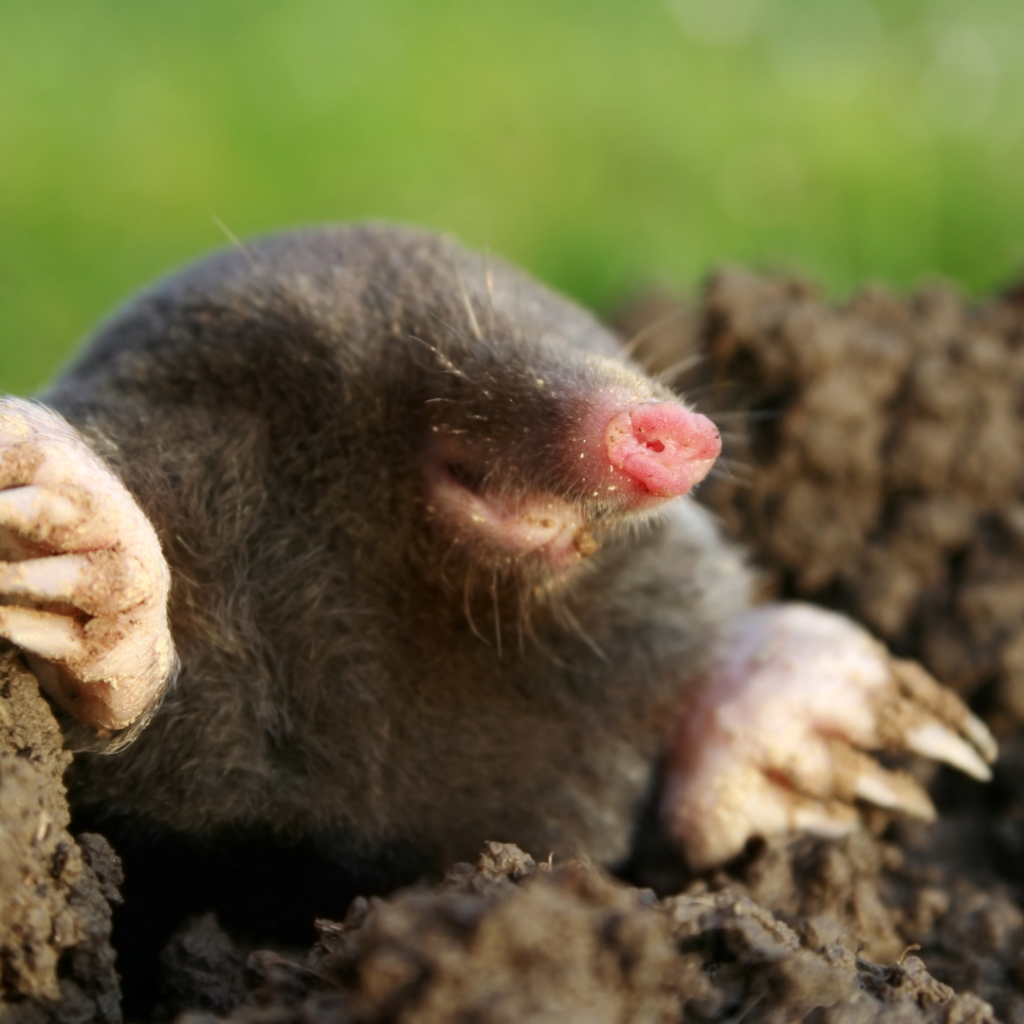
Appearance
Seeing a mole is very rare as they spend most of their time digging tunnels underground. If you do ever spot one their fur is gray or black and velvety. Some people believe they have no eyes but they actually do they are just very small. They have long point noses and also large front paws that are shaped like shovels. They also have short hairless tails that are 0.6-1.1 inches in length.
Length (without tail): 4.0-6.7 inches
Weight: 74.6 grams
Lifespan: 1-3 years
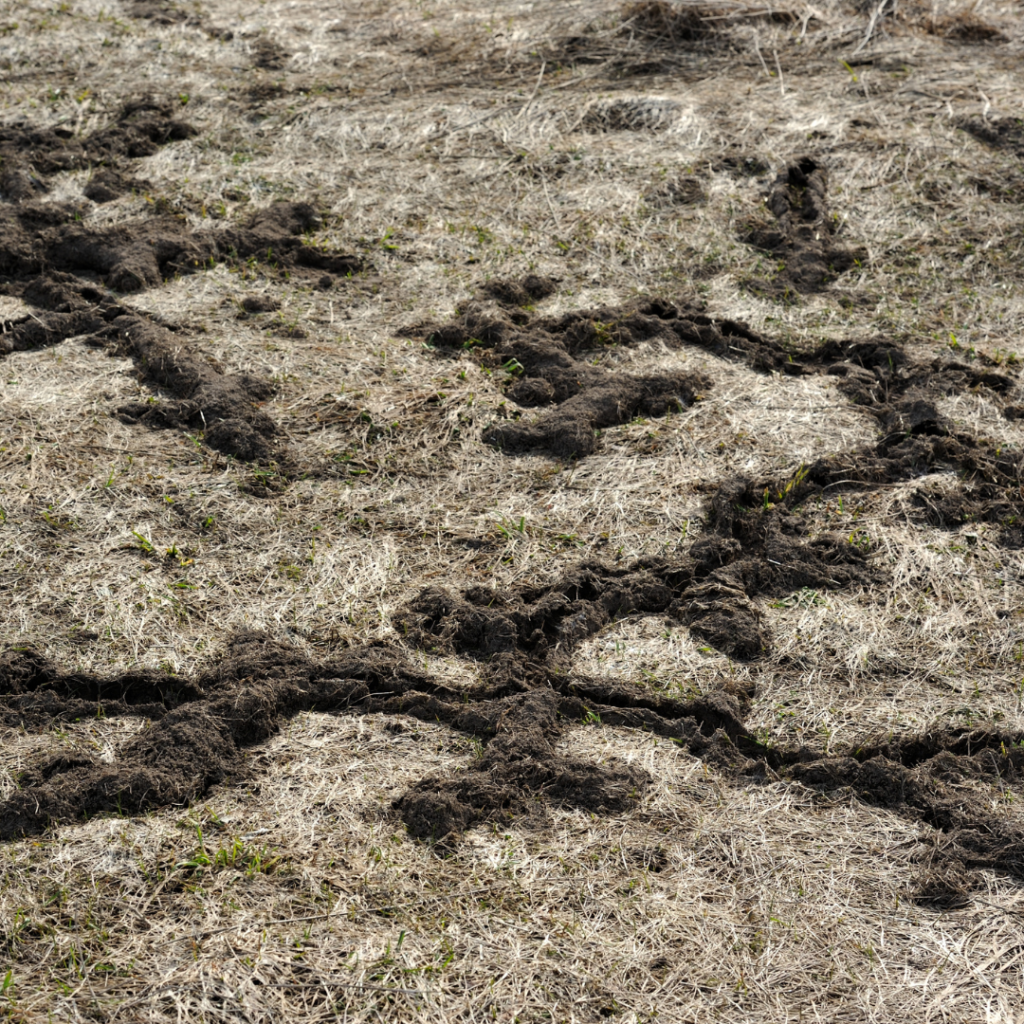
Habitat/Behavior
The common mole has the largest range of any North American mole. In their range, they are commonly found in pastures, meadows, and open woodland. They play an important role in each habitat that they live in. The tunnels they dig do a great job at air-rating the soil making it healthier for new plants to grow. For digging they prefer earthy soils that are sandy and moist. Their tunnels are used to help them find food and build shelters. They are solitary and territorial mammals and will defend their tunnels from other moles. Sometimes this even results in them eating each other! This is not how they get most of their food though. Over 80% of their diet comes from earthworms. They also eat other insects and plant vegetation. They can stay active all winter because they dig tunnels below the frost line
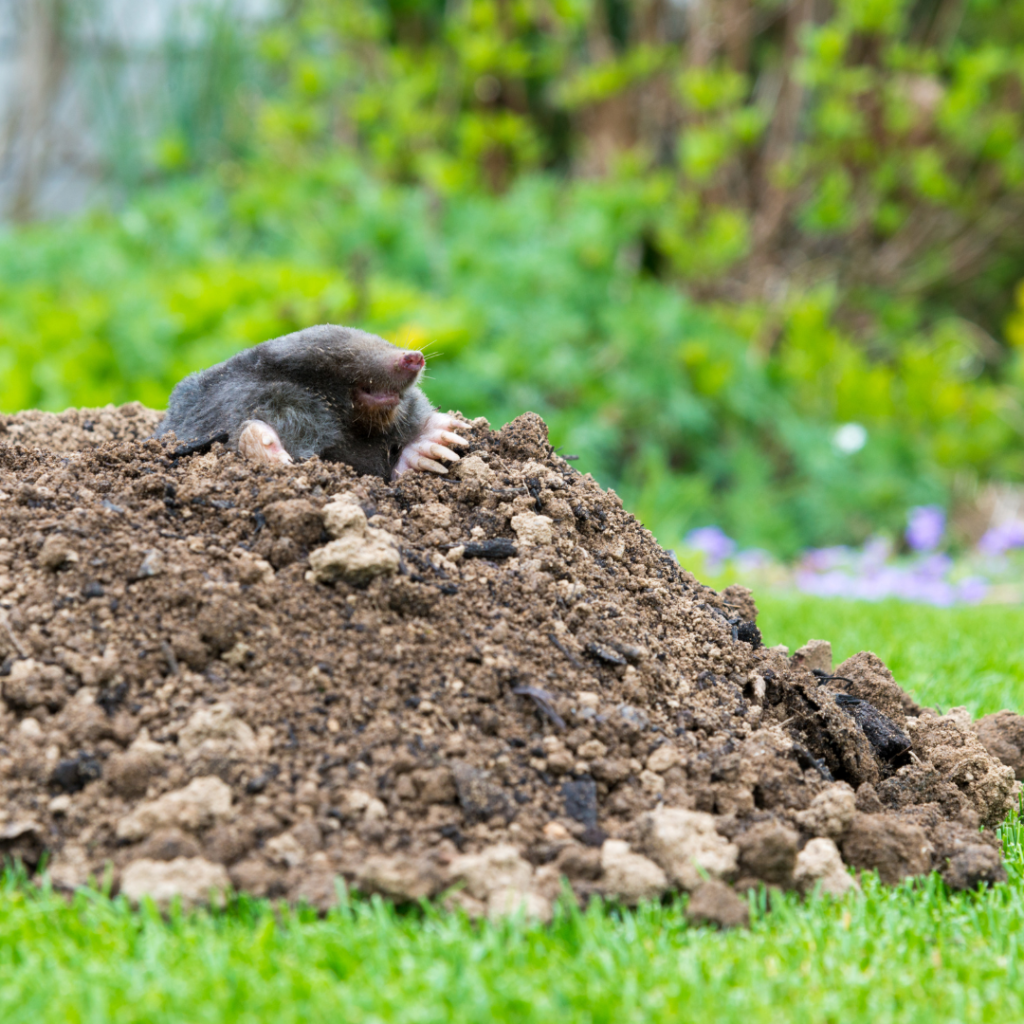
Reproduction
The mating season goes from February to March. Inside their tunnels, they place grasses, leaves, and other vegetation inside the nesting area. When the pups are born it only takes about 4 weeks for them to leave the nest and be on their own. They become sexually active once they reach 10 months old.
Pregnancy duration: 45 days
Baby carrying: 2-5 pups
Number of litters (per year): 1
Visit our Vole, Mole and Shrew Service Page
If you have any questions or concerns or would like to schedule an appointment call or send us an email
Call Us Today! 952-404-BOGO (2646)



